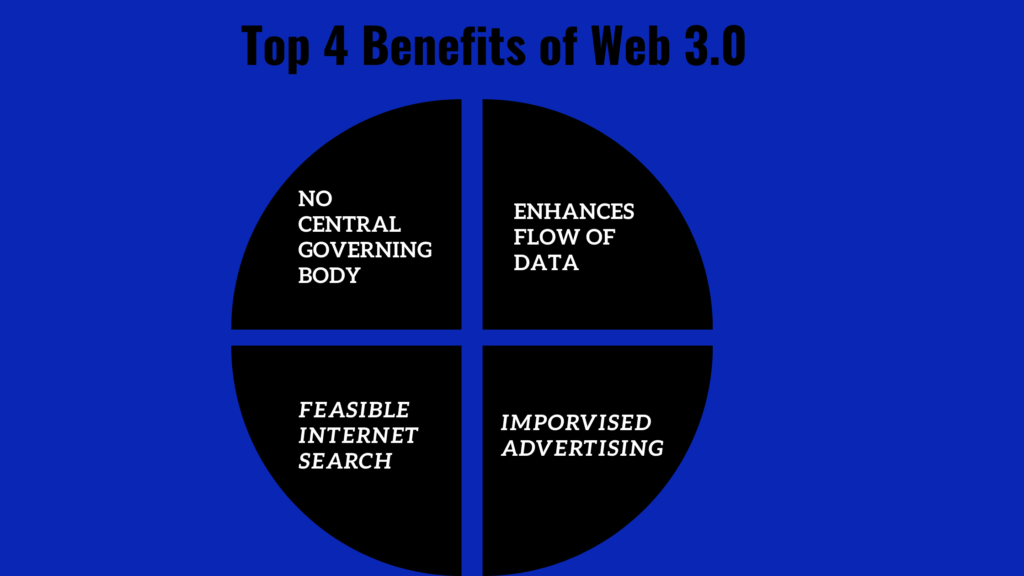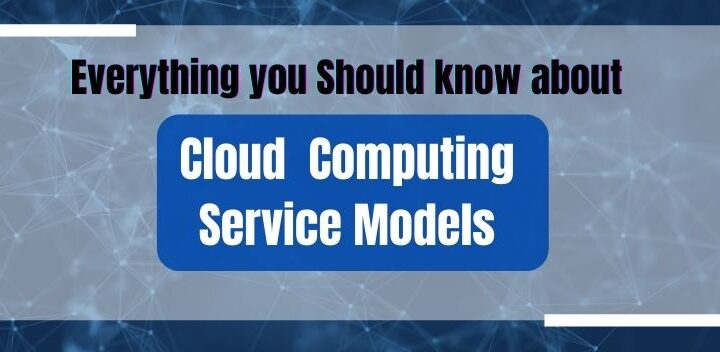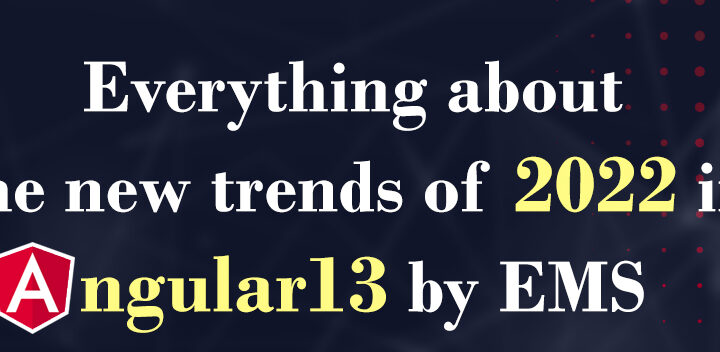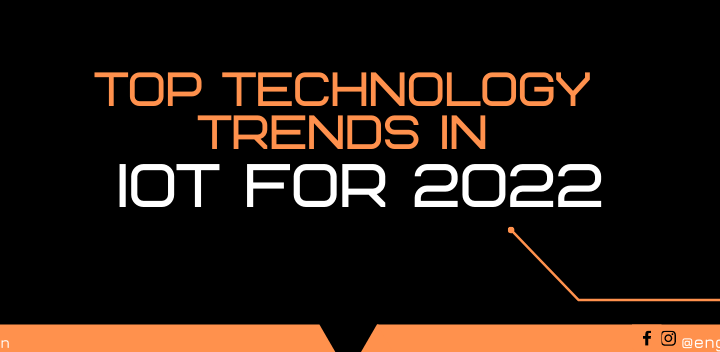Web 3.0 is a new generation concept that aims to modify how we use the Internet today. We know that decentralization and blockchain technology will significantly affect doing so.
But do you know, what is Web 3.0?
How does it work?
Or
How will it change the current scenario?
The term Web 3.0 has been on the trend for quite a time now.
It is currently the most trending word amongst many technology experts, crypto enthusiasts, and investors. Maximum people use this term to cover all the enhancements that will enhance the Internet that we are currently using.
The next notch of Internet Development will have characteristics like Decentralization, Artificial Intelligence (AI), and an economy by blockchain technology and cryptocurrencies.
But do you know, what is this sudden urge to improve the Internet?
This is because many users realize that they do not have control and are way too dependent on rules levied by the third parties.
Centralization is the feature of the Internet used by us today, or it can also be called Web 2.0. To make it easier for you, let me put it this way, first, we will understand the changes that Web 3.0 will cause. We will be at the beginning of the Internet Era.
Web 1.0, or the first generation of the Internet, was from the 1990s to the early 2000s. This was when the Internet was a medium to normalize access to information.
And in terms of UX, the pages were static, so there was no possibility of content creation.
The next-generation – Web 2.0 improvised this. Now, the websites have interactive content that can be accessed by millions of people quickly and easily. Web 2.0 has experienced vast growth, and that too is because of advancements like access to mobile Internet and social media.
Table of Contents
Web 2.0 & The Chaos Due to Centralization
With the use of Web 2.0, billions of people have got the right to use the amazing technologies that have made life more accessible, and most of them are free to use. The downside of web 2.0 was the centralization of large companies such as Google, Amazon, Facebook, Twitter, etc. The initial goal of tech giants was to create order on the Internet.

According to critics, they have gained too much power in a concise time. However, it has affected the startups and creators negatively.
As everyone is there on the channels of concentrated companies, all actions and success also depend on the protocols dictated by the centralized companies.
It is very evident as we all know when Instagram or Facebook changes their algorithms, we all, as the users and also the businesses, get impacted.
The rumors and the emergence of bots whose comments influence public opinion are indirect effects of centralization.
All of these issues will be discussed in the coming years. Because of this, many experts believe the Internet needs to be improved.
Blockchain technology and Web 3.0 have emerged as potential solutions.
How Does Web 3.0 Work?

It is very evident that Web 3.0 is still in the process of development. This means that there are still many aspects of how Web 3.0 works and what is it.
But, everyone has come to a shared page for this one.
Web 3.0 is the term used to define the new Internet generation using peer-to-peer (P2P) technologies like Blockchain, open-source software, VR like Metaverse, and the Internet of Things. Web 3.0 will be an amalgam of Web 1.0 and Web 2.0.
But, do you know how it will benefit the users of the new-generation Internet?
Web 3.0 will be making the Internet more decentralized and will be open to the users. The users still depend on the network service providers, but they keep an eye on all the data that passes via their system.
With Web 3.0, people will have control over their data and be able to use all the applications from a single account, and all of these will be saved in the Blockchain.
Is Web 3.0 a Semantic Web?
The term Semantic Web was coined by Tim Berners Lee, the same man who invented the concept of the World Wide Web. This is the reason for addressing him as “Father of the Internet.”
With this term, Berners Lee invented a new and easier way through which users will get more realistic data and even accurate in relation to real-life situations.
In this, the browser should serve as a personal assistant to users.
But, how would it look like virtually?
For instance, you want to grab a supper after your movie. Then first you will have to search for a movie theatre, a nearby restaurant.
But, the search with the semantic web will be totally different. It will personalize your search by considering your location, budget, preferences, and many other factors to make a perfect combination for you!
Wouldn’t that be nice?
This is a straightforward and realistic example of why experts are considering bringing changes to the Internet.
However, web 3.0 should be more technology-filled than the semantic web. Besides peer-to-peer technology like blockchain technology and artificial intelligence, Web 3.0 will also use parts of the Semantic Web and its web predecessors to give a more advanced experience.
Top 4 Benefits of Web 3.0
No Central Governing Body:
As there will be no brokers in the equation, they will no longer have control on the data. This will lessen the risk of censorship by the government or corporations.

Enhances Flow of Data:
In the future, more mobile phones will get connected to the Internet, so more data will be available and analyzed. This will ultimately provide exact data that will build a better custom-made experience for users.
Feasible Internet Search:
With Web 3.0, the web search will become more accurate and exact. And all the credit goes to metadata and understanding the intent of what we search.
Improvised Advertising:
At present, very few people like to get filled with ads at every corner. However, it can sometimes be useful if they meet someone’s requirements. Web 3.0 will use AI systems to enhance and customize advertising to show according to users’ needs.
How are Blockchain & Cryptocurrency-Related to Web 3.0?
Blockchain and Web 3.0 share the same principles, and the most dominating of all is decentralization. But Blockchain has a lot of contributions.
One out of all is a unique digital identity that offers every user a sense of whole security but also transparency while doing transactions.
Moreover, blockchain technology would give Web 3.0 the capability to curate cryptocurrency and use cryptocurrencies for payments.
The reason cryptocurrencies are in use is because of low transaction prices and speed.
Online payments will be simpler and cheaper than using a credit card or online banking. As it eliminates additional fees for payment service providers, this will be convenient for sellers.
Final Word
We hope you find this article was helpful for you! And in any case, if you are looking to hire a web developer, contact Engineer Master Solutions Pvt. Ltd.
Book your call Now!


 Like
Like LOVE
LOVE Win
Win Cute
Cute LOL
LOL OMG
OMG WTF
WTF Fail
Fail


